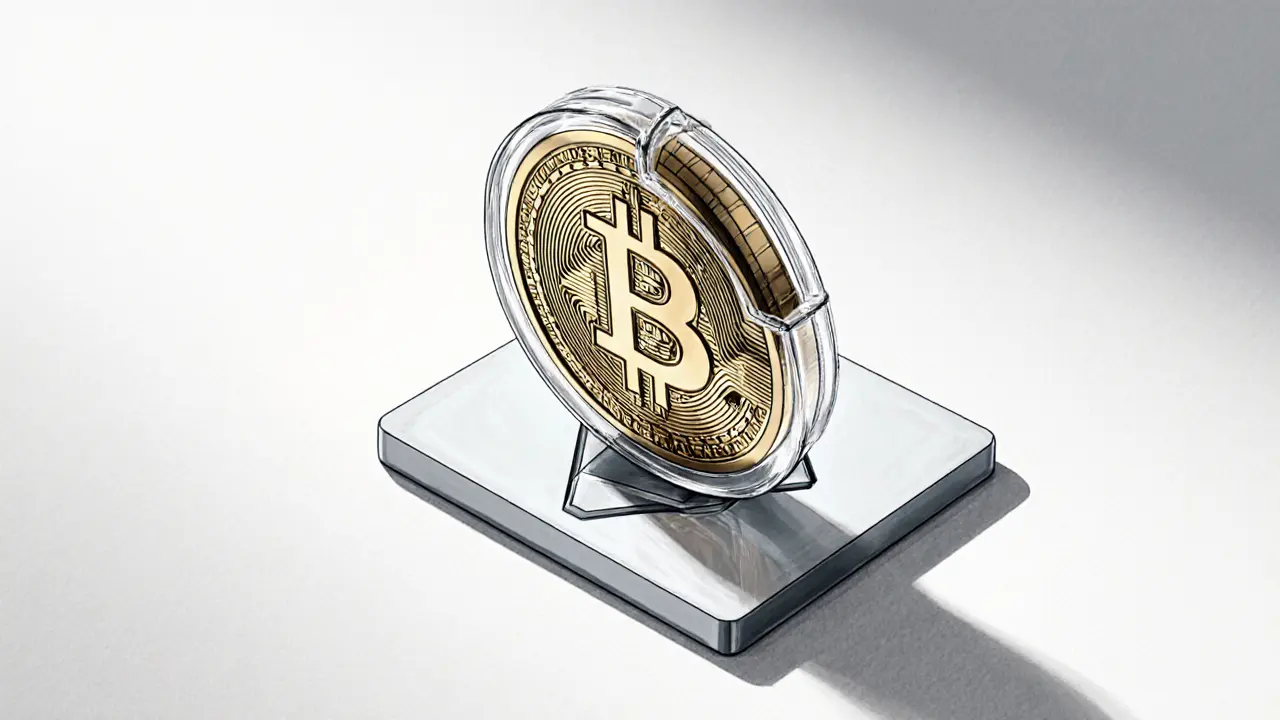Top Wrapped Assets – The Best Tokenized Crypto Tokens Explained
When working with top wrapped assets, tokenized versions of popular cryptocurrencies that run on a different blockchain. Also known as wrapped tokens, they let you move value across chains without selling the original coin. Think of them as a digital receipt: you lock Bitcoin on its native chain, get a token on Ethereum, and can trade that token just like any other ERC‑20. This idea opened the door for true cross‑chain liquidity, and today nearly every major crypto has a wrapped counterpart.
Key Wrapped Assets to Watch
If you’re hunting the best top wrapped assets for your portfolio, start with the three that dominate trading volume. Wrapped Bitcoin (WBTC), a Bitcoin‑backed ERC‑20 token that mirrors BTC’s price 1:1 gives Bitcoin the speed and DeFi compatibility of Ethereum. Wrapped Ethereum (WETH), Ethereum wrapped to meet the ERC‑20 standard is essential for any DEX that expects a clean token interface. Finally, Wrapped USDC (USDC), a stablecoin that lives on multiple chains provides a low‑volatility bridge between ecosystems. Each of these tokens shares three attributes: a 1:1 peg to the underlying asset, custody on a trusted custodian, and full compatibility with smart contracts on the host chain.
Behind the scenes, these assets rely on cross‑chain bridges, protocols that lock the original coin and mint its wrapped version on another blockchain. A bridge’s security model defines how safe your funds are. Some bridges use a single custodian, others use a decentralized network of validators. The choice affects transaction speed, fees, and trust. When a bridge is compromised, the wrapped token can lose its peg, which is why many platforms audit their bridge contracts and offer insurance pools. Understanding bridge mechanics helps you assess risk before you add a wrapped token to your holdings.
DeFi platforms have built entire ecosystems around these wrapped assets. Liquidity pools on Uniswap, Curve, and Balancer often prioritize WBTC and WETH because they bring deep market depth and lower slippage. Yield farms let you lock wrapped tokens to earn interest, and lending protocols use them as collateral. This creates a feedback loop: more DeFi demand drives higher usage of bridges, which in turn makes the wrapped assets more liquid and cheaper to move. The result is a growing list of use cases—from hedging Bitcoin exposure on Ethereum to providing instant settlement for cross‑border payments.
Looking ahead, the market is seeing new flavors of wrapping, such as layer‑2 specific tokens and multi‑chain stablecoins. Regulators are also paying attention, focusing on custody, transparency, and anti‑money‑laundering controls for bridge operators. While the regulatory picture is still forming, the core value proposition of top wrapped assets—seamless, low‑friction access to value across chains—remains strong. Below you’ll find a curated set of articles that dive deeper into each token, bridge technology, and the DeFi strategies that power them.
Top Wrapped Tokens by Trading Volume (2025)
Explore the top wrapped tokens by trading volume in 2025, learn how to track them, understand risks, and see which assets dominate cross‑chain liquidity.
VIEW MORE
